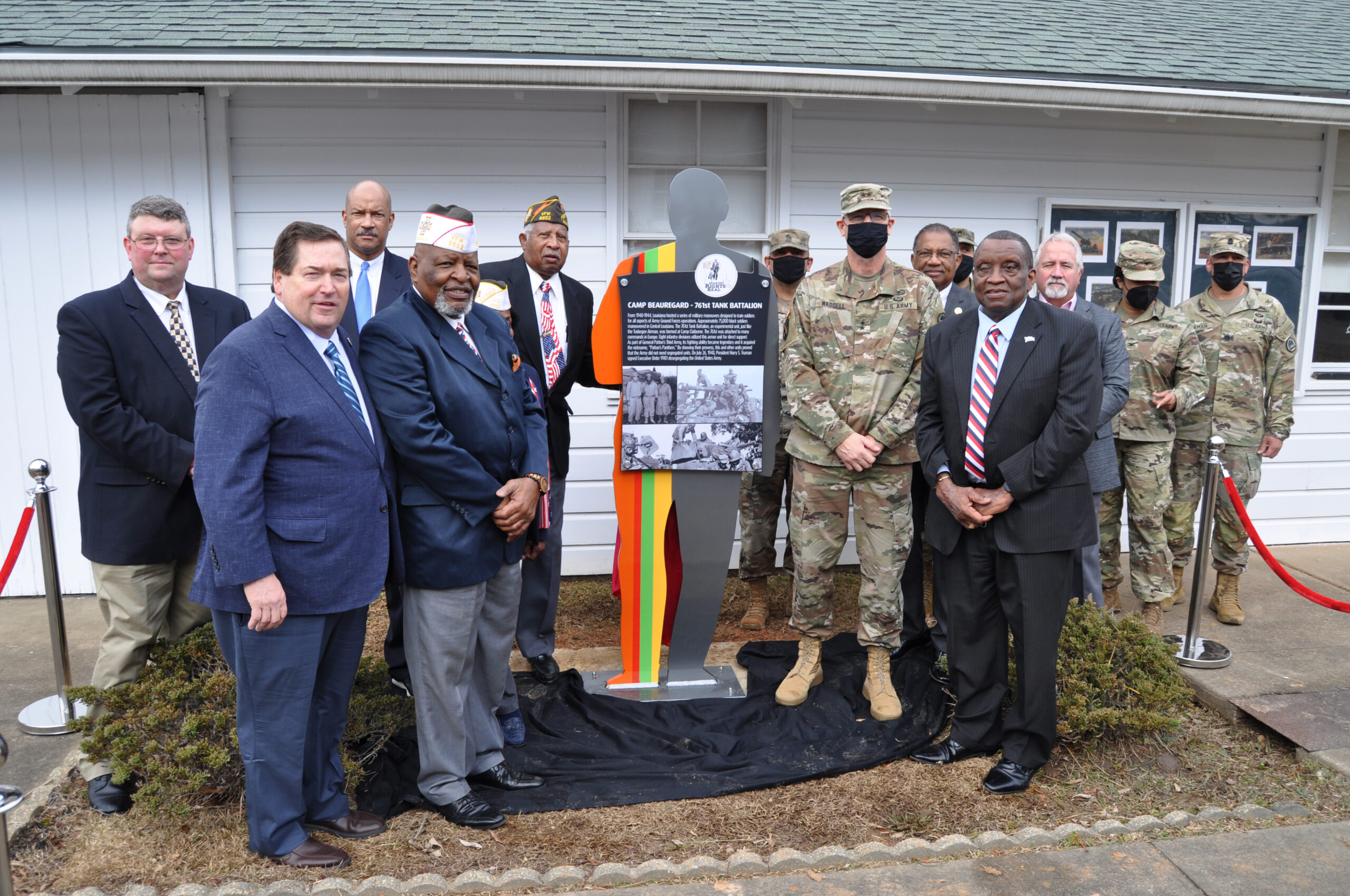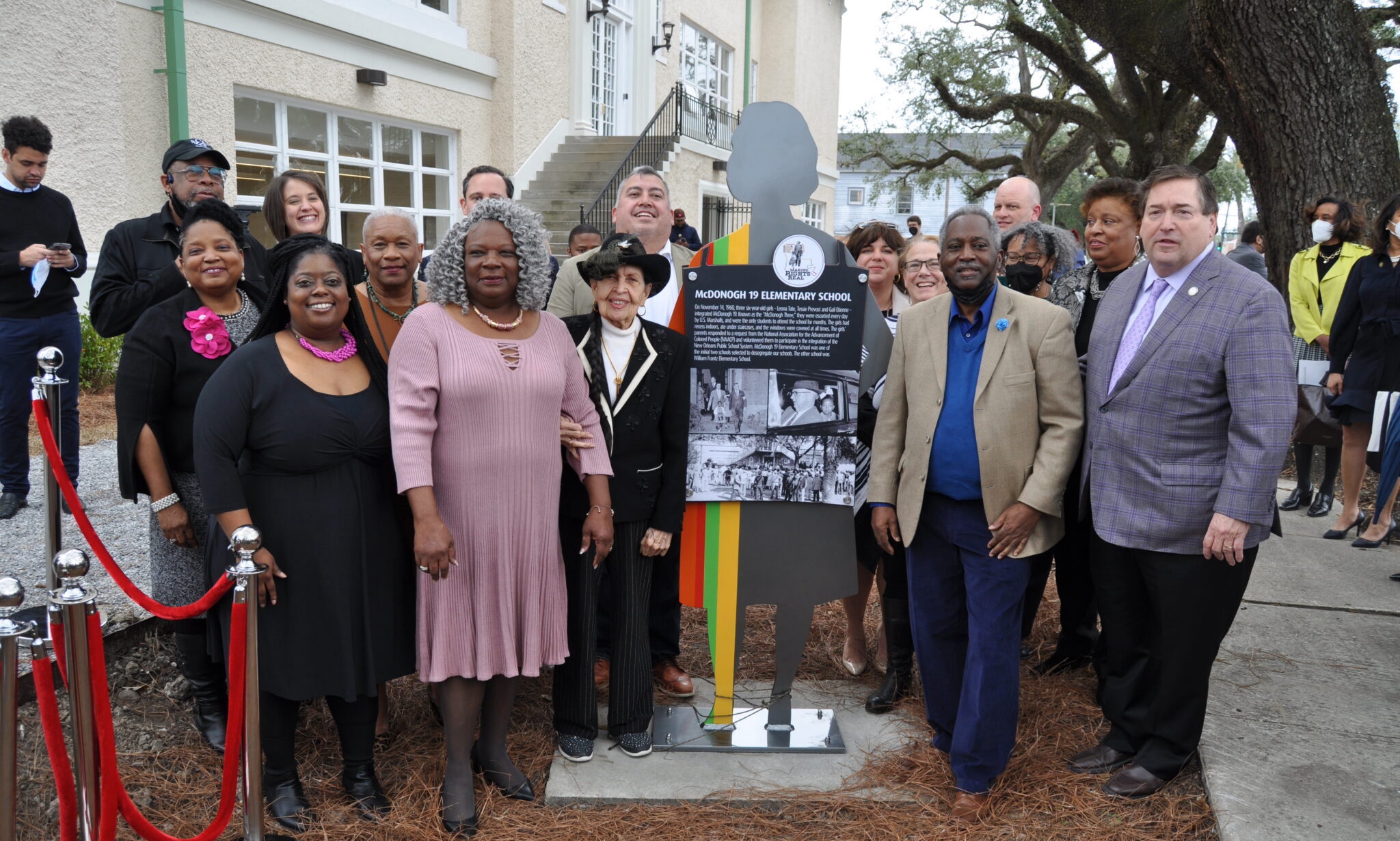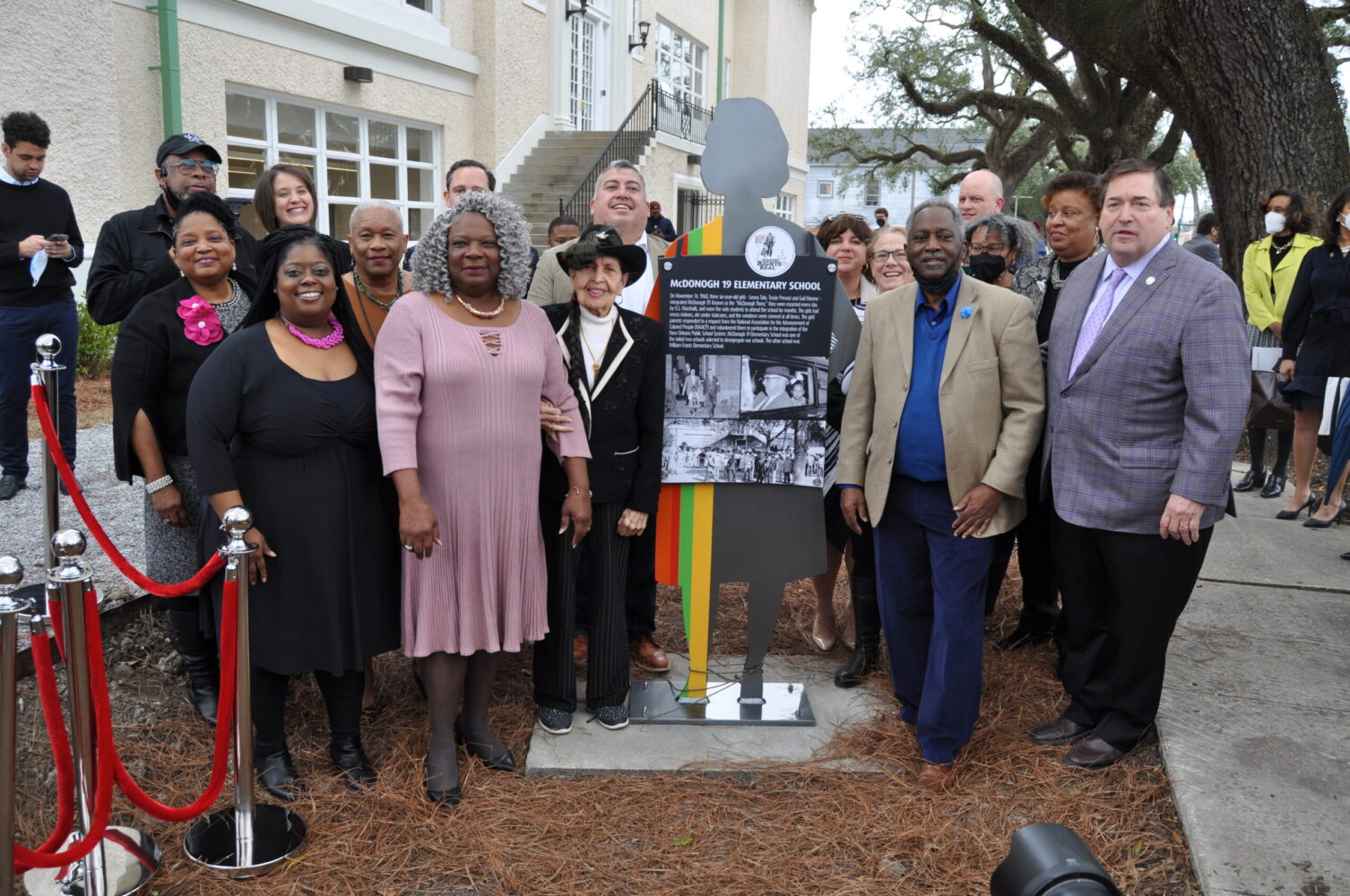Sharon Calcote, Louisiana Byways Director, Louisiana Office of Tourism
This story appeared in the June issue of PRC’s Preservation in Print magazine. Interested in getting more preservation stories like this delivered to your door nine times a year? Become a member of the PRC for a subscription!
After recognizing the significant role Louisiana played in the Civil Rights movement, Lieutenant Governor Billy Nungesser began a journey to establish a Louisiana Civil Rights Trail in 2019. He assembled a small, but influential and energetic team comprised of former New Orleans journalist Norman Robinson; Glenda McKinley and Ernest English with GMc Advertising; and myself.
After many public meetings and interviews with community activists, their families, and countless witnesses to the trying events of that time, the trail is a reality. The Louisiana Office of Tourism launched the Louisiana Civil Rights Trail in 2021 with a website that informs and invites visitors to explore Louisiana’s prominent role in the modern movement. The website, louisianacivilrightstrail.com, reveals inside stories and examines the civil rights era in five sections: Culture and Commerce; Desegregation; Meeting Places; Protests & Confrontations; and Meet the Markers.
These sections provide a glimpse into what many civil rights activists fought — and sometimes died — to obtain for the African American community: equal rights at every level.
From the website: PROTESTS & CONFRONTATIONS — It took the nation’s first bus boycott in Baton Rouge, the Canal Street sit-ins in New Orleans, and the 105-mile march from Bogalusa to the State Capitol to put Louisiana at the forefront of the Modern Civil Rights Movement. Preachers, students, lawyers, businesspeople, housekeepers…courageous Louisianans from all walks of life exercised their rights to protest peacefully during the civil rights era for desegregation, equal hiring and housing practices, and voting rights.
The Louisiana Civil Rights Trail interpretive markers are being installed at sites around the state. The unique markers provide historical details and photos of each site. They are placed on life-sized steel figures that stand more than six feet tall and weigh more than 200 pounds. The design, layout and fabrication of the Louisiana Civil Rights Trail markers are supported in part by an African American Civil Rights Grant from the Historic Preservation Fund administered by the National Park Service, Department of the Interior.
Lieutenant Governor Billy Nungesser, right, joins, from left, Tremaine Knighten-Riley; Leona Tate; Phyllis Charbonnet; and the Rev. Willie Calhoun at the unveiling of the Louisiana Civil Rights Trail interpretive marker at the former McDonogh 19 Elementary School. Also in attendance were Michael Grote and Jonathan Leit with Alembic Community Development, board members of the Leona Tate Foundation for Change, and many supporters. Photo courtesy of the Louisiana Office of Tourism.
Advertisement
To date, six of the 15 planned markers have been installed at the following sites:
- The Louisiana Old State Capitol: This was a primary carpool site for the nation’s first bus boycott, which was held in 1953, two years before the Montgomery bus boycott. Dr. Martin Luther King, Jr. contacted the Baton Rouge bus boycott leaders to learn from their experience how to organize free rides to work.
- The Bogalusa to Baton Rouge March, placed at the A.Z. Young Park, adjacent to the Louisiana State Capitol and Gardens: This marker tells the story of one of the longest civil rights marches in American history. A.Z. Young, Bob Hicks and Gayle Jenkins organized the 105-mile march to bring attention to the need for more police protection for civil rights activities and to bring a list of grievances to then-Gov. John McKeithen on the steps of the state capitol.
- Dooky Chase’s Restaurant: Dooky and Leah Chase welcomed guests of all races to eat at their restaurant in Tremé. Many civil rights strategy sessions were held in the private dining room upstairs, where activists, white and black, worked together to push the movement forward. Chef Chase was well known for saying, “Food builds bridges. If you eat with someone, you can learn from them, and when you learn from someone, you can make big changes. We changed the course of America in this restaurant over a bowl of gumbo.”
- McDonogh 19 Elementary School: The McDonogh Three — Leona Tate, Gail Etienne and Tessie Provost — were three of the four six-year-old girls selected to desegregate the New Orleans public school system. The other girl was Ruby Bridges, who desegregated William Frantz Elementary School. U.S. Marshals escorted the girls to school every day. The students had recess indoors, ate under the staircase, and the windows were covered at all times. Today, Tate owns the former McDonogh 19 School building and is developing it into the Tate, Etienne, Prevost Center (TEP), an interpretive center named after her and her classmates.
- 761st Tank Battalion/Camp Beauregard: From 1940 to 1944, Louisiana hosted a series of military maneuvers designed to train soldiers for all aspects of Army Ground Forces operations. The 761st Tank Battalion, an experimental unit, like the Tuskegee Airmen, was formed at Camp Claiborne. As part of General Patton’s Third Army, the battalion’s fighting ability became legendary, and it acquired the nickname “Patton’s Panthers.” Their prowess helped prove that the Army did not need segregated units. On July 26, 1948, President Harry S. Truman signed Executive Order 9981 desegregating the United States Army.
- Little Union Baptist Church: In Shreveport, the church was the epicenter of civil rights activities because of the dynamic leadership of the Rev. Claude Clifford McLain, who served the congregation for 32 years. The church was the site for mass meetings to plan store boycotts, protest discriminatory hiring practices, and conduct voter registration workshops. Dr. Martin Luther King, Jr. spoke from the church’s pulpit in 1962.
More interpretive markers will be unveiled in the near future. For more information on the role Louisiana played in the national Civil Rights Movement, visit louisianacivilrightstrail.com.

Dignitaries attend the unveiling of the Louisiana Civil Rights Trail interpretive marker at the 761st Tank Battalion/Camp Beauregard. Pictured, from left, are Camp B. Museum Curator Richard Moran; Lieutenant Governor Billy Nungesser; State Rep. Ed Larvadain III; and officers with the Local VFW 8852. To the right of the marker are the Adjutant General of Louisiana, Major General Damian K. Waddell; Pineville Mayor Clarence Fields; Rapides Parish Sheriff Mark Wood; Alexandria Mayor Jeffrey Hall; Senior Enlisted Leader Command Sgt. Clifford J. Ockman, Jr.; and other soldiers. Photos courtesy of the Louisiana Office of Tourism.
Advertisement










